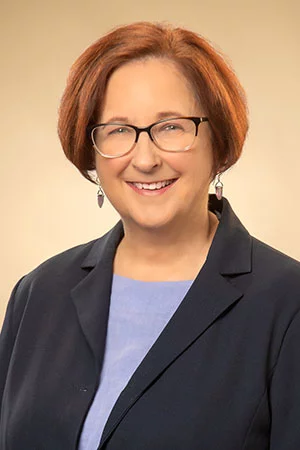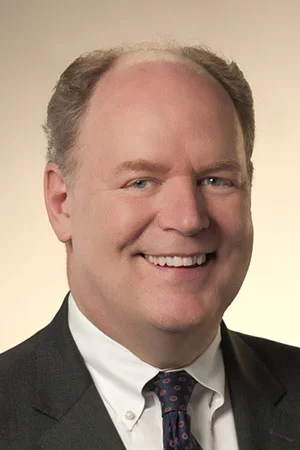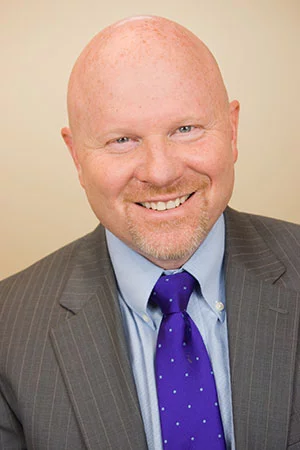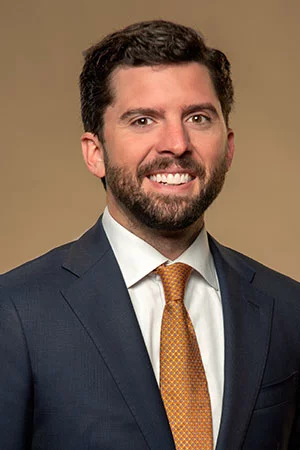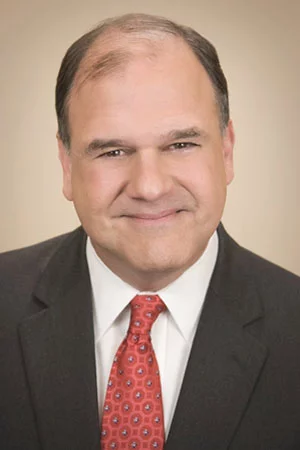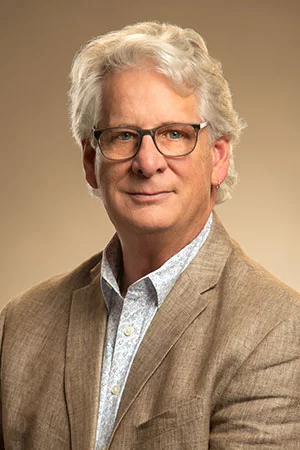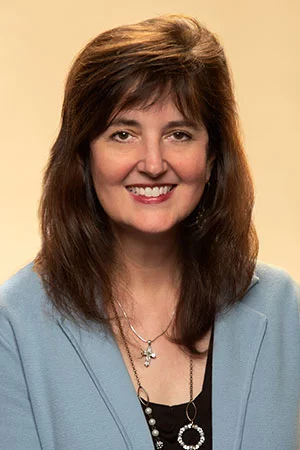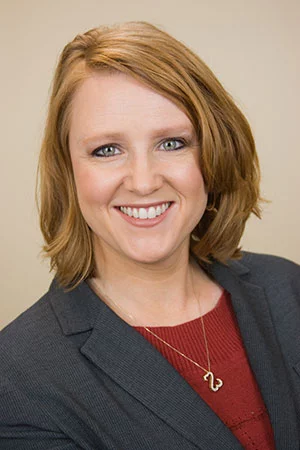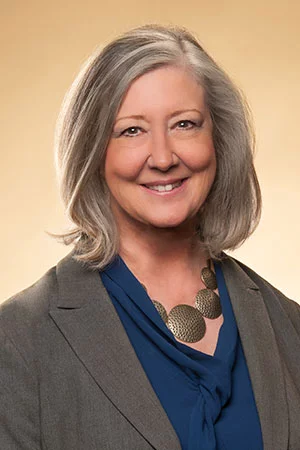Opioids Treatment
Opioid use disorder occurs when someone experiences clinically significant impairment caused by the recurrent use of opioids, including health problems, physical withdrawal, persistent or increasing use,
Opioid Treatment
Before a treatment plan is established at Cumberland Heights, each patient goes through a comprehensive assessment. The evaluation will look deep into each patient’s unique history, symptomatology and current resources. No one treatment fits every patient. Our multidisciplinary treatment teams take all the information gathered to develop a treatment course that fits that individual’s needs. We believe that by addressing each patient’s unique circumstances, we are equipping them with the tools needed for life-long recovery1. Our work doesn’t stop when a patient completes the program. Every individual is provided support from a certified peer recovery support specialist for up to one-year post discharge. These staff members help support each patient as they transition back into day-to-day life, guiding them to success through recovery management, social support, community education, and peer support)2.
Opioids
- Fentanyl (Duragesic®)
- Hydrocodone (Vicodin®, Lorcet®, Lortab®)
- Oxycodone (OxyContin®, Percocet®, Percodan®)
- Oxymorphone (Opana®)
- Propoxyphene (Darvon®)
- Hydromorphone (Dilaudid®)
- Meperidine (Demerol®)
- Diphenoxylate (Lomotil®)
Depressants
- Pentobarbital sodium (Nembutal®)
- Diazepam (Valium®)
- Alprazolam (Xanax®)
Stimulants
- Dextroamphetamine (Dexedrine®)
- Methylphenidate (Ritalin®, Concerta®)
- Amphetamines (Ritalin®)
If you or someone close to you is prescribed any of these drugs, you need to be very careful to take them as directed. As soon as any signs of misuse appear, you should talk to a doctor; dependence on these drugs can arise very quickly, and withdrawal symptoms can be dangerous. It’s easy to become trapped in a cycle of addiction to prescription drugs, but professional treatment can help break the cycle and give you another chance at life.
Opioid use disorder occurs when someone experiences clinically significant impairment caused by the recurrent use of opioids, including health problems, physical withdrawal, persistent or increasing use, and failure to meet major responsibilities at work, school, or home3. Opioid use disorder typically causes severe physical and psychological problems, progressing to a point where the affected individual feels they can no longer function without opioids.
Four common symptoms mark the development of problematic opioid use:
- Craving
- Loss of control
- Tolerance
- Withdrawal
According to the 2018 National Survey on Drug Use and Health, an estimated 2.0 million Americans over the age of 12 struggled with a opioid use disorder3. Misuse of opioids includes two categories of drugs: the use of heroin and the misuse of prescription pain relievers.
Although current academic scholarship suggests that anyone can experience a substance use disorder, there are some primary factors that help increase our understanding of the cause of addiction. According to the National Institute on Drug Abuse, both biological and environmental risk factors contribute to the development and progression of substance use disorders4.
Genetics: Current academic scholarship posits that genes can account for 40-60% of the risk for the development of addiction.
Environment: There are many contextual factors that can contribute to the development of addiction. For example, individuals can be at increased risk to develop problematic use patterns if friends and family are using these drugs, many of the activities you participate in involve using drugs, or if you started using at an early age. Additionally, our environment can include those rules, roles, and cultural narratives that are constructed within our lives
If you are worried about yourself or a loved one, consider the following signs and reach out to a medical professional for further help.
Some questions to consider:
- Have you ever felt or been told that you should cut down on your use?
- Have people annoyed you by criticizing your use?
- Have you ever felt bad or guilty about your use?
Common signs of problematic opioid use:
- Frequent use — every day, or multiple times per day
- Using alone or at inappropriate times (e.g. in the morning or at work)
- Spending excessive monies to obtain opioid
- Allowing their opioid use to interfere with important things like work, school or family
- Experiencing significant mood swings
- Continuing to use despite negative consequences (e.g. losing a job or getting in legal trouble)
Whether you are worried about yourself or someone else, you should consult with a healthcare provider or contact our staff at Cumberland Heights. We can help identify next steps and guide you toward resources available to begin a path toward recovery.
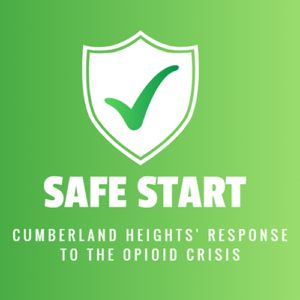 Safe Start is medication-assisted treatment and recommended to anyone diagnosed with a moderate to severe opioid abuse disorder. We created Safe Start, as a response to the ongoing opioid crisis we are experiencing in America.
Safe Start is medication-assisted treatment and recommended to anyone diagnosed with a moderate to severe opioid abuse disorder. We created Safe Start, as a response to the ongoing opioid crisis we are experiencing in America.
Essentially, Safe Start is the administration and physician-assisted monitoring of extended release Naltrexone, a long-acting opioid antagonist used to reduce cravings. Naltrexone blocks the effects of opioids if they are used. Unlike other medications used to treat opioid addiction like methadone, there is no chance of dependency with Naltrexone. Naltrexone can also be an effective treatment for alcohol addiction.
Dr. Chapman Sledge, Chief Medical Officer at Cumberland Heights says as a stand-alone treatment Naltrexone is not effective. “The basis of a strong spiritual foundation in the recovery process is essential. Medication is only part of the solution,” said Sledge.
Within psychology treatment contexts, “Evidenced Based” treatment refers to treatment that has been examined across several populations and has been intensely researched. There are many resources available to what guidelines need to be met to determine if a treatment is evidence-based5, 6.
The following evidenced based practices are utilized across our health system.
- Cognitive Behavioral Therapy (CBT)
- Systems Theory (e.g. Family Therapy)
- Twelve-Step Facilitation
- Motivational Interviewing (MI)
- Medication Assisted Treatment (MAT) —> See Safe Start Tab
In our programs, you’ll learn vital skills that are intended to help you achieve long-term sobriety. At Cumberland Heights in Tennessee, we focus on imparting 12-Step principles and strengthening your spirit. Addiction is an ongoing illness that doesn’t have a one-time cure — but equipped with the right tools from the right treatment center, you can maintain abstinence from substances for life. Contact Cumberland Heights to get help today.
Recovery from a substance use disorder can be defined as a process of change through which individuals improve their health and wellness, live a self-directed life and strive to reach their full potential7. The recovery process takes time and often is not linear (i.e. sometimes an individual could experience a relapse or series of personal setbacks). However, we have found many of those in long-term recovery take an active role in support communities, follow continuing care recommendations and reach out for help.
Here at Cumberland Heights, our multidisciplinary team of behavioral health professionals are dedicated to supporting individuals and families find their path to recovery and live a life free from addiction.
Today in the U.S., approximately 22 million people live in recovery from substance use disorders8. Their stories continue to inspire our work, patients and communities. Recovery is possible.
- National Institute on Drug Abuse (NIDA). (2018). Principles of Drug Addiction Treatment: A Research-Based Guide (Third Edition). National Institute on Drug Abuse website. https://www.drugabuse.gov/publications/principles-drug-addiction-treatment-research-based-guide-third-edition.
- White, W. L. (2009). Peer-based Addiction Recovery Support. History, Theory, Practice, and Scientific Evaluation.
- Substance Abuse and Mental Health Services Administration (SAMHSA). (2019). Key substance use and mental health indicators in the United States: Results from the 2018 National Survey on Drug Use and Health (HHS Publication No. PEP19-5068, NSDUH Series H-54). Rockville, MD: Center for Behavioral Health Statistics and Quality, Substance Abuse and Mental Health Services Administration. Retrieved from https://www. samhsa.gov/data/
- National Institute on Drug Abuse (NIDA). (2018). Drugs, Brains, and Behavior: The Science of Addiction. Retrieved from https://www.drugabuse.gov/publications/drugs-brains-behavior-science-addiction
- EPC Evidence-Based Reports. (2018). Agency for Healthcare Research and Quality, Rockville, MD. Retrieved from https://www.ahrq.gov/research/findings/evidence-based-reports/index.html
- Substance Abuse and Mental Health Services Administration (SAMSHA). (2017). National Registry of Evidence Based Practices and Protocols. Retrieved from https://www.samhsa.gov/ebp-resource-center
- Substance Abuse and Mental Health Services Administration (SAMSHA). (2011). Recovery and Recovery Support. Retrieved from https://www.samhsa.gov/recovery
- U.S. Department of Health and Human Services (HHS), Office of the Surgeon General (2016). Facing Addiction in America: The Surgeon General’s Report on Alcohol, Drugs, and Health. Washington, DC: HHS.
An opioid addiction is life threatening. If you or someone you love is abusing these drugs please call 800-646-9998 today.

